WomenCount
Like EWA, WomenCount has a long history with roots that date back to Vice President Kamala Harris’s days as San Francisco DA. In its first iteration, WomenCount was launched as a voter turnout effort in the late 1990s, and Kamala was among the founding organizers. WomenCount’s slogan at the time? “They used to say women couldn’t vote. Now they say we won’t.” It worked: Women now consistently make up a majority of voters. Every election cycle since, WomenCount has pushed new ways to get more women involved and elected. In 2008, WomenCount made headlines with our “Not So Fast” ad campaign, which called for an end to the pressure being placed on Hillary Clinton to bow out of the presidential primary campaign despite leading both in the popular vote and total states won. After the election, WomenCount turned its energy to creating an online women’s political community, similar to MoveOn, and built a large audience of activists. In our most prominent campaign, WomenCount partnered with California Rep. Jackie Speier to introduce legislation in Congress to create a Presidential Commission on Women. Although the bill did not ultimately move forward, the campaign engaged tens of thousands of supporters in the effort.
Later, WomenCount partnered with The 2012 Project in a nationwide recruitment campaign to line up hundreds of women to run in this critical post-redistricting election. That effort, based at the Center for American Women and Politics at Rutgers, played a role in the notable spike in the number of women elected that year.
WomenCount innovates with the times, and our name continues to reflect our mission. We launched our online payment platform devoted to women candidates in 2015 to leverage the success of smaller-dollar, grassroots fundraising. Since then, we’ve raised more than $8 million for women candidates nationwide—running in local, state and national races—with an average donation of $57.
In 2022, we officially merged our operations with our friends and colleagues at the Electing Women Alliance. There was already overlap in leadership, teams, and most importantly, mission, so it was a natural fit.
